The biggest problem for enthusiasts playing Hi-Fi is that the speaker is not well placed. The most important key is to set the speaker in the room. It will affect the balance of the sound, the low frequency quality, the depth of the sound field, and the intermediate frequency. Sharpness and imagery. The correct method of positioning is to move the speaker position relatively loudly first, then gradually adjust the position gradually until the sound is smooth. When the position is correct, the whole set of sounds will be vivid, and it will only take you a few hours.
First, the relationship between the speaker and the listener
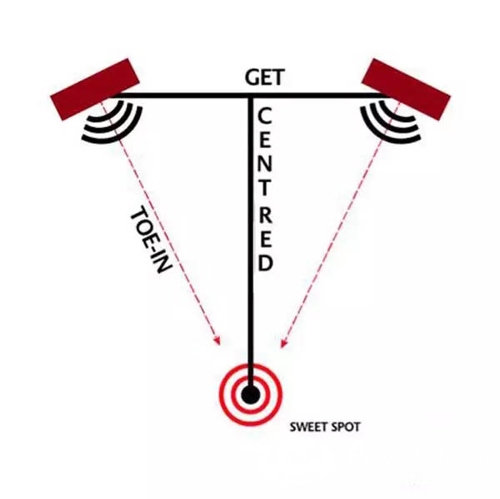
To get a snoring, the distance between the listening position (commonly known as "the emperor's seat") and the speaker should be larger than the distance between the two speakers. Here, the instrument has the best image and sound, as for the two speakers. The distance between them should be far, and there is a compromise. When the two speakers are too close, the sound field is too narrow. When the listening position is well placed, the middle sound image is the best, and at the same time there is a wide sound field. You can move the emperor forward and listen to it. Most of them will find a position where you can hear the “positioningâ€. Recording as a guideline.
The relationship between the speaker and the emperor also involves the room factor. You can pull the speaker very close and sit close to the speaker to listen, but you can also pull the speaker very open and sit very far to listen, if you use it In the way, the room will have a greater impact on the sound, because the closer you sit, the more direct sound you hear and the less the reflected sound. In general, the more you sit, the more open you will listen. The closer you get, the more direct the sound is to the ear, and some speakers want you to sit farther to listen, so that the sound of different units of the speaker can be gentle.
The relationship between the speaker and the emperor also involves the room factor. You can pull the speaker very close and sit close to the speaker to listen, but you can also pull the speaker very open and sit very far to listen, if you use it In the way, the room will have a greater impact on the sound, because the closer you sit, the more direct sound you hear and the less the reflected sound. In general, the more you sit, the more open you will listen. The closer you get, the more direct the sound is to the ear, and some speakers want you to sit farther to listen, so that the sound of different units of the speaker can be gentle.
Second, the closer the speaker is to the wall, the more the bass
The wall around the room has a great influence on the overall tone balance of the speaker. The closer the speaker is to the wall, the stronger the bass will be, and the music replay will be more weighty. Some speakers are designed to be close to the wall to achieve a natural tone balance if they are Pull out, the sound will be thinner, and some speakers should be at least 3 feet away from the wall, otherwise the sound will become thicker and heavier. If you have restrictions on positioning, you should have a choice when buying a speaker.
The relationship between the speaker position and the wall also affects the peak point of the frequency. The position of the speaker is well placed, which not only allows the frequency of the speaker to naturally extend, but also avoids the peaks. If the position is not good, the low frequency will be rendered.
Many speaker manufacturers have proved that the product should be away from the back wall and side wall. The more the side wall you hear, the more harmful it is. This is harmful if the side wall is treated with tuning materials. Of course, the side wall reflection sound is not so serious. It is.
Third, different speakers and listening positions, you will hear different resonant modes
Room resonance mode refers to the peak value of some frequency bands, or "standing wave", that is, a certain bass frequency band is strong, so that the sound is rendered. The mode of standing wave depends on the size of the room and the position of the pronunciation point, as long as the speaker and the listener are listened to. When placed in the best position, the bass will be more rounded.
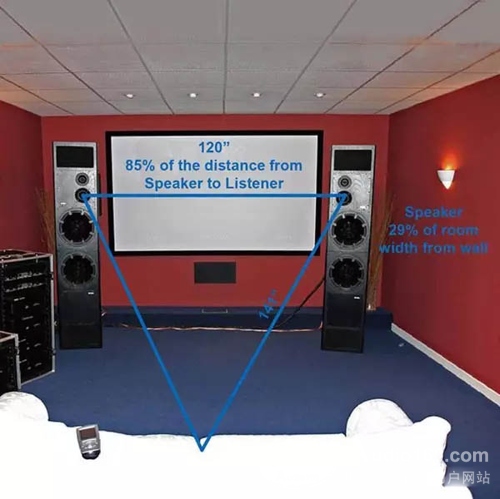
According to the actual experience, in order to get the best low-frequency response, the distance between the speaker and the back wall should be one-third of the length of the room. If this is not feasible, try one-fifth of the length of the room. The position can avoid causing standing waves, helping the speaker to be combined with the room, and if possible, the listening position is preferably two-thirds of the length of the room.

Start with the above method, play some music with a lot of bass, then shift the speaker and emperor gradually (one inch and one inch) until you hear the bass stretch smooth and mix with other frequency bands, when you hear the bass When it is sleek, you will find that the clarity and analytical power of the midrange have also improved.
Fourth, the distance between the speaker and the back wall affects the sound field performance
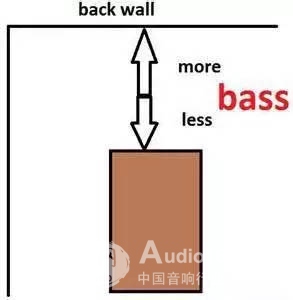
In general, the farther the speaker is from the back wall, the deeper the sound field is. It is difficult to create a deep sound field when the speaker is close to the back wall. Pulling the speaker out a few feet, the difference in sound field performance is like the world, but unfortunately, many It's impossible for the living room to let you pull the speakers out. If you must put the speakers close to the back wall, you should make appropriate sound absorption on the wall.
5. Listening height and tone balance
The balance of the sound of most speakers will change with the height of the listening, but only the middle and high notes will be changed. The same height of the tweeter or the two tweeters will be located between 32 inches and 40 inches from the ground to match the average person. The height of the listening, if you sit under the office chair that can adjust the height, you can easily hear the difference. Listening to the high-impact sound effect depends on the different speakers. Some speakers have a lot of tolerance, the distinction is not so obvious, and some have significant differences. You can hear different sounds when you stretch out and want to get good. For the balance of the sound, please use one to sit on the same level as the tweeter.
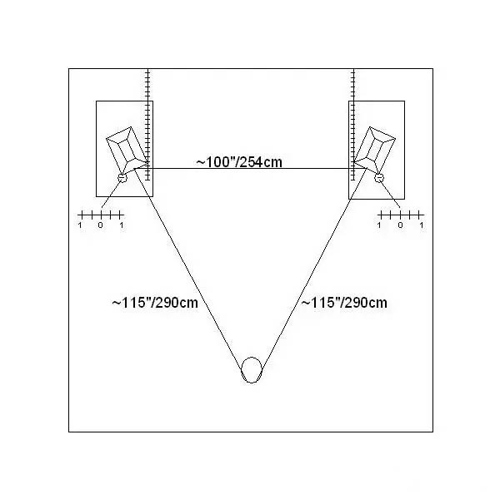
Speaker placement summary
Speaker placement is the best way to improve sound. It doesn't cost you money, it can improve your ability to distinguish sound quality, and it can make ordinary effects better (even if the equipment and speakers are the same), you spend money. Before upgrading your equipment or performing sound absorption projects, please make sure that you have used the speaker position to make the most of the system potential.
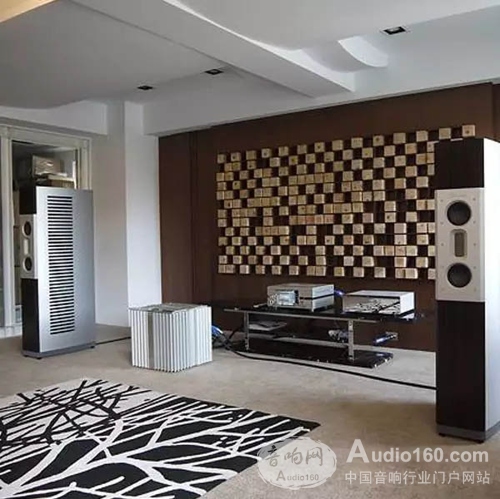
After you find the best position for the speaker, you need to add the nails supplied by the manufacturer. The four (or three) nails should bear the same weight so that the speaker can stand still and not swing left and right. We can control the sound effect through the speaker position. Changing the distance from the speaker to the back wall or side wall can control the low frequency quality. Changing the position of the speaker and the listener can reduce the influence of the room resonance. Adjust the listening height and the toe-in angle. Improve the balance of the sound, change the toe-in angle to easily change the image and space, and pull the speaker away from the back wall to increase the depth of the sound field.
Freezer Condenser
1. Material: Bundy tube (steel tube coated with copper)
2. Structure: Bundy tubes welded with steel wines
3. Painting: Cathode electrophoretic painting(black)
4. Can produce according to drawing or sample supplied by clients, also can help the clients design and produce different condensers.
Freezer Condenser,Freezer Condenser Unit,Deep Freezer Condenser,Fridge Freezer Condenser
FOSHAN SHUNDE JUNSHENG ELECTRICAL APPLIANCES CO.,LTD. , https://www.junshengcondenser.com